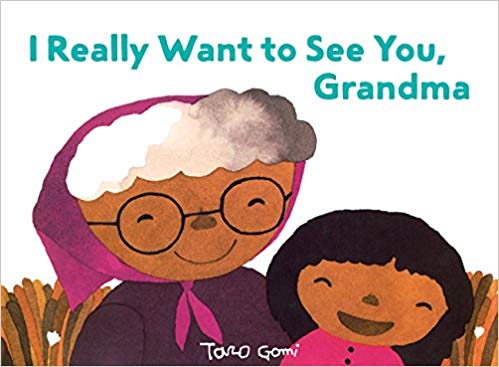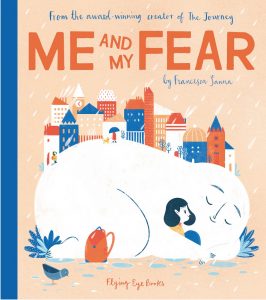By Seemi Aziz, The University of Arizona, Tucson, AZ and Janelle B. Mathis, University of North Texas, Denton, TX
This third week continues a focus on displacement but as it is found in picturebooks. In particular, this week uses a historical context in emphasizing the sociohistorical nature of this issue.
This story is about José de la Luz Sáenz (Luz) who believed in fighting for what was right. Luz’s life was permanently displaced due to his heritage. Even though he was born in the United States, Luz faced prejudice because of his Mexican heritage. Resolute in helping his people, even in the face of discrimination, he taught English to children and adults… children during the day and adults in the evenings. As World War I broke out, Luz joined the army. He had the ability to learn languages and that ability made him an invaluable member of the Intelligence Office especially during war. Luz discovered that prejudice does not end even if you serve your country during war. Even though he was asked by superiors for his translating abilities he didn’t receive credit for his contributions. After returning to his Texas home, he joined with other Mexican American veterans to create the League of United Latin American Citizens (LULAC), which presently is the largest and oldest Latinx civil rights organization and continued to teach English to his people so that language does not become a barrier and they should not be discriminated against. The author uses his typical illustration style and Luz’s diary entries to tell the story of a Mexican American war hero and his fight against prejudice and for equality for his fellow
Latinx.

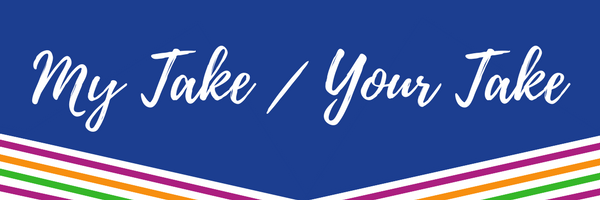
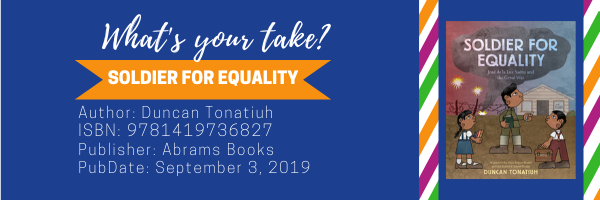
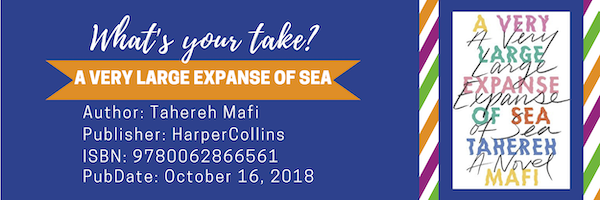
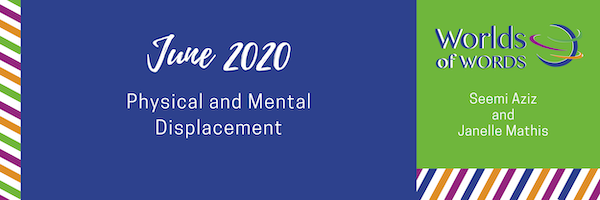 By Seemi Aziz, The University of Arizona, Tucson, AZ and Janelle B. Mathis, University of North Texas, Denton, TX
By Seemi Aziz, The University of Arizona, Tucson, AZ and Janelle B. Mathis, University of North Texas, Denton, TX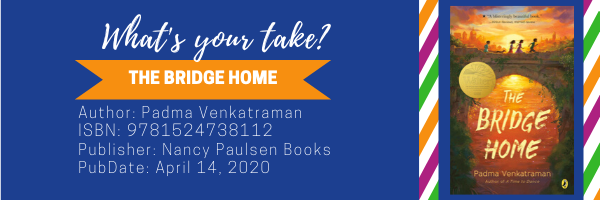

 Stormy, by Chinese author/illustrator Guojing, captures attention from a first look at its cover: a small, curly-haired dog and his ball created in soft hues with pencil and watercolor. The assumption can easily be that this is another lovely dog story, potentially appealing to both young and old. However, opening this book reveals a visual narrative whose art goes beyond just “another dog story.”
Stormy, by Chinese author/illustrator Guojing, captures attention from a first look at its cover: a small, curly-haired dog and his ball created in soft hues with pencil and watercolor. The assumption can easily be that this is another lovely dog story, potentially appealing to both young and old. However, opening this book reveals a visual narrative whose art goes beyond just “another dog story.” 
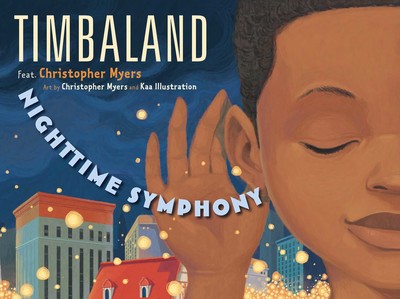 For this last post focused on the role of literature in supporting music’s importance as a multimodal approach to living and learning in the global society, we consider books that reflect the cognitive support between language and music. The development of both music and language for young learners has been revealed as a somewhat reciprocal process. Recent research, has revealed that the brain regions that process syntax are also responsible for other communicative forms such as music. Concepts about print, conventions of print, rhythm, rhyme and patterned texts are each nurtured by music. Phonological awareness and auditory discrimination of letters and notes, important in language learning, are also important in developing communication through music. Literature offers resources that support these processes. Poetry, obviously, provides rhythm and often rhyme; onomatopoetic words within text can sharpen listening skills; language can help develop a sense of dynamics, tempo, and emotional qualities; and books that point to the importance of listening to the sounds around us link the natural world as a form of communication.
For this last post focused on the role of literature in supporting music’s importance as a multimodal approach to living and learning in the global society, we consider books that reflect the cognitive support between language and music. The development of both music and language for young learners has been revealed as a somewhat reciprocal process. Recent research, has revealed that the brain regions that process syntax are also responsible for other communicative forms such as music. Concepts about print, conventions of print, rhythm, rhyme and patterned texts are each nurtured by music. Phonological awareness and auditory discrimination of letters and notes, important in language learning, are also important in developing communication through music. Literature offers resources that support these processes. Poetry, obviously, provides rhythm and often rhyme; onomatopoetic words within text can sharpen listening skills; language can help develop a sense of dynamics, tempo, and emotional qualities; and books that point to the importance of listening to the sounds around us link the natural world as a form of communication.  As we realize, music has been part of mankind’s history since its beginning. The 2019 published books shared here reflect only a few of the ways it has been woven into lives but can encourage readers to seek instances across genre. Broadway is known as the place where music and story intersect in powerful ways and the voices of Broadway impact how these stories are told.
As we realize, music has been part of mankind’s history since its beginning. The 2019 published books shared here reflect only a few of the ways it has been woven into lives but can encourage readers to seek instances across genre. Broadway is known as the place where music and story intersect in powerful ways and the voices of Broadway impact how these stories are told. 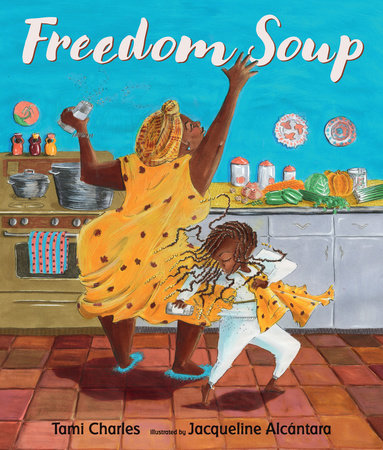
 Music as a multimodal form of communication can be traced back to primitive societies where it served in many cultural roles, for example in religious rituals, healing processes or sharing societal ideologies. Throughout history, music has been an aesthetic engagement for both performers and listeners, a source of hopefulness and encouragement, as well as a cognitive practice. Music aligns with literature in that both enable us to share our stories (often with stories embedded in music), learn more about ourselves and others and comprehend the world around us as it supports the development of intercultural competencies. It is more recently acknowledged that music and literacy are processed through the same cognitive areas of the brain, pointing to an even closer connection between language and music (Mathis, 2019).
Music as a multimodal form of communication can be traced back to primitive societies where it served in many cultural roles, for example in religious rituals, healing processes or sharing societal ideologies. Throughout history, music has been an aesthetic engagement for both performers and listeners, a source of hopefulness and encouragement, as well as a cognitive practice. Music aligns with literature in that both enable us to share our stories (often with stories embedded in music), learn more about ourselves and others and comprehend the world around us as it supports the development of intercultural competencies. It is more recently acknowledged that music and literacy are processed through the same cognitive areas of the brain, pointing to an even closer connection between language and music (Mathis, 2019). 